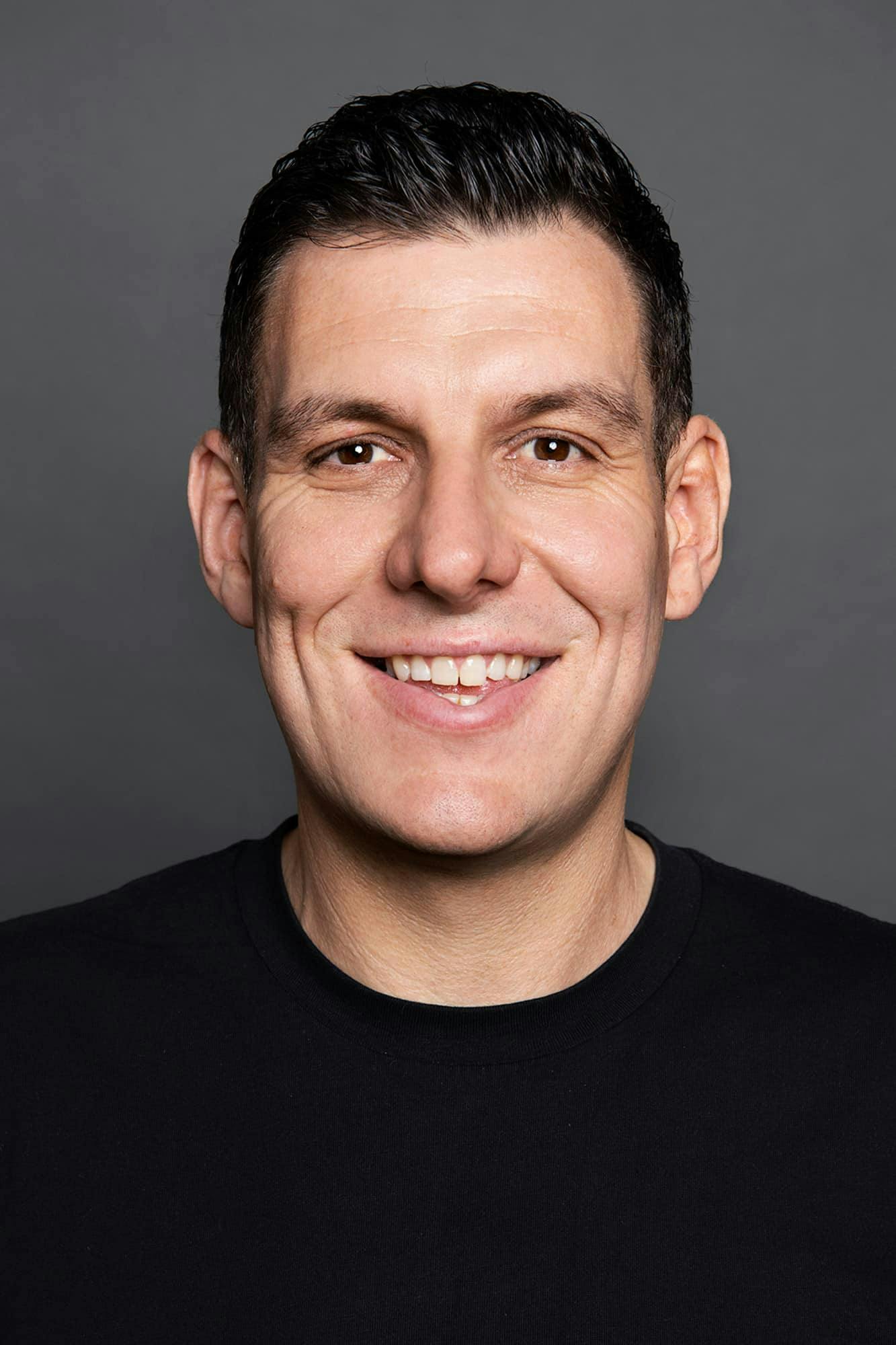5 marketing strategies health industry brands should be using today

The Australian health industry is booming, with more than 146,000 health services businesses in 2023, a 4.5% increase from 2022. Not to mention more than 1500 health food stores, 6000+ gyms and fitness centres, and 30+ health insurance companies.
With so many competing brands, it’s more important than ever to stand out and connect with customers. Whether you have a health app, fitness service, product, insurance policy, clinic, or hospital, you need to maximise your exposure and attract customers.
Here, we outline 5 marketing strategies that can generate brand awareness, increase consumer engagement, and boost sales for your brand.
1. Go digital
Health apps are digital in nature, so it’s no surprise that most of their marketing happens in the digital sphere. But if you’re marketing other types of health service or product — such as gyms, clinics, and hospitals — you may not be harnessing the full power of digital marketing to get the most out of your brand.
Yes, word of mouth and OOH (out-of-home advertising) are also important, but digital marketing is crucial to making your Australian health brand known among the wider population.
Implementing digital services wherever you can is advisable as well. For example, there is a large consumer demand for clinics and hospitals that offer digital or remote healthcare. According to one of the largest consumer surveys on digital health since COVID, 70% of Australians are willing to use virtual healthcare services, and 80% are ready to share their health data in a digitally enabled health system.
For example, ProMed Family Clinic in Adelaide offers a wide range of telehealth appointments and has a 4.9 star (out of 5) rating on TrustIndex.
2. Offer personalised patient experiences
Consumers today — whether they are shopping for cars, clothes, gadgets, or, health services — want a personalised experience. In fact, according to Twilio’s latest ‘State of Customer Engagement’ report, 79% of Australian consumers report that their brand loyalty hinges on personalised experiences.
Healthcare products and programs that personalise the patient experience stand to gain more customers and generate more brand awareness. Loyalty programs are one way to do so. These programs not only reward consumers for their purchases but make personalised recommendations based on previous purchases. The potential that this unlocks is massive and spans above and beyond the marketing fold: increased brand loyalty, sales, brand ambassadorship, data, and more.
Therefore, it’s no surprise that all the top pharmacies in the country offer loyalty programs, including Amcal, National Pharmacies, Star Discount Chemist, and more.
3. Implement AI and data analytics
Today, many health brands use AI to achieve extraordinary results in medicine, from hand-held whole-body imagers to voice-based digital assistants for clinicians. But how many of these brands are using AI in their marketing?
According to a McKinsey report, AI in marketing will have the biggest financial impact on companies, second only to sales. Perhaps this is why more companies than ever are including AI and ML (machine learning) in their marketing toolkits.
AI has the potential to help marketers with:
- Data analytics
- Personalisation
- Loyalty programs
- Content generation
- Automation
- Chatbots
- Email campaigns
- SEO
And more.
Nike, for example, has been one of the earliest adopters of AI, using it to allow customers to “try on” sports shoes on the app. Additionally, Nike uses AI to collect consumer data, employ virtual personal assistants, use chatbots, and create customised loyalty programs and personal experiences.
4. Cultivate strategic partnerships
Collaborating with like-minded partners, including organisations, industry experts, influencers, and creators, can be a game-changer for healthcare brands seeking growth. Once again, Nike, known for its many celebrity endorsements and influencer collaborations, excels in this area
Locally, there are plenty of health brands that have also managed to create strategic partnerships. For example, health and fitness influencer Kayla Itsines started out as an Adelaide-based personal trainer who grew her empire to include a workout and meal planning app, several eBooks, and worldwide fitness boot camps. Itsines has created numerous (non-sponsored) strategic partnerships throughout her influencer journey, including with Medela (in honour of World Breast Pumping Day), Adidas, and more. Today, she is considered one of the top fitness influencers in the world.
5. Focus on Online Reputation Management
Online Reputation Management (ORM) involves more than just PR or marketing: it’s an endeavour that requires constant monitoring to ensure that your brand’s online footprint is mainly positive. This includes monitoring brand mentions, engaging consumers, responding to feedback in a timely fashion, and ultimately creating your own narrative through your controlled content.
Royal Prince Alfred Hospital (RPA) was rated the number one hospital in Australia by Newsweek in 2023 for the second consecutive year. The honour is due to their patient-centric approach, research, and innovation. In addition to admirable internal practices, RPA has a strong digital presence on social media platforms and its website.
These aren’t just “nice to do” strategies, they’re essential for brands that wish to set themselves apart from their competition and be in the best possible position for future growth.
You may already be using some of these strategies; but are you using them to optimal effect? Most marketers are not.
At Windsorborn, we can help you to take advantage of every one of your competitive opportunities by combining creativity with cutting edge performance marketing. We’re already doing this for brands like ResMed, Icon Cancer Centre, Coca-Cola, Teacher’s Mutual Bank, and Work Club.